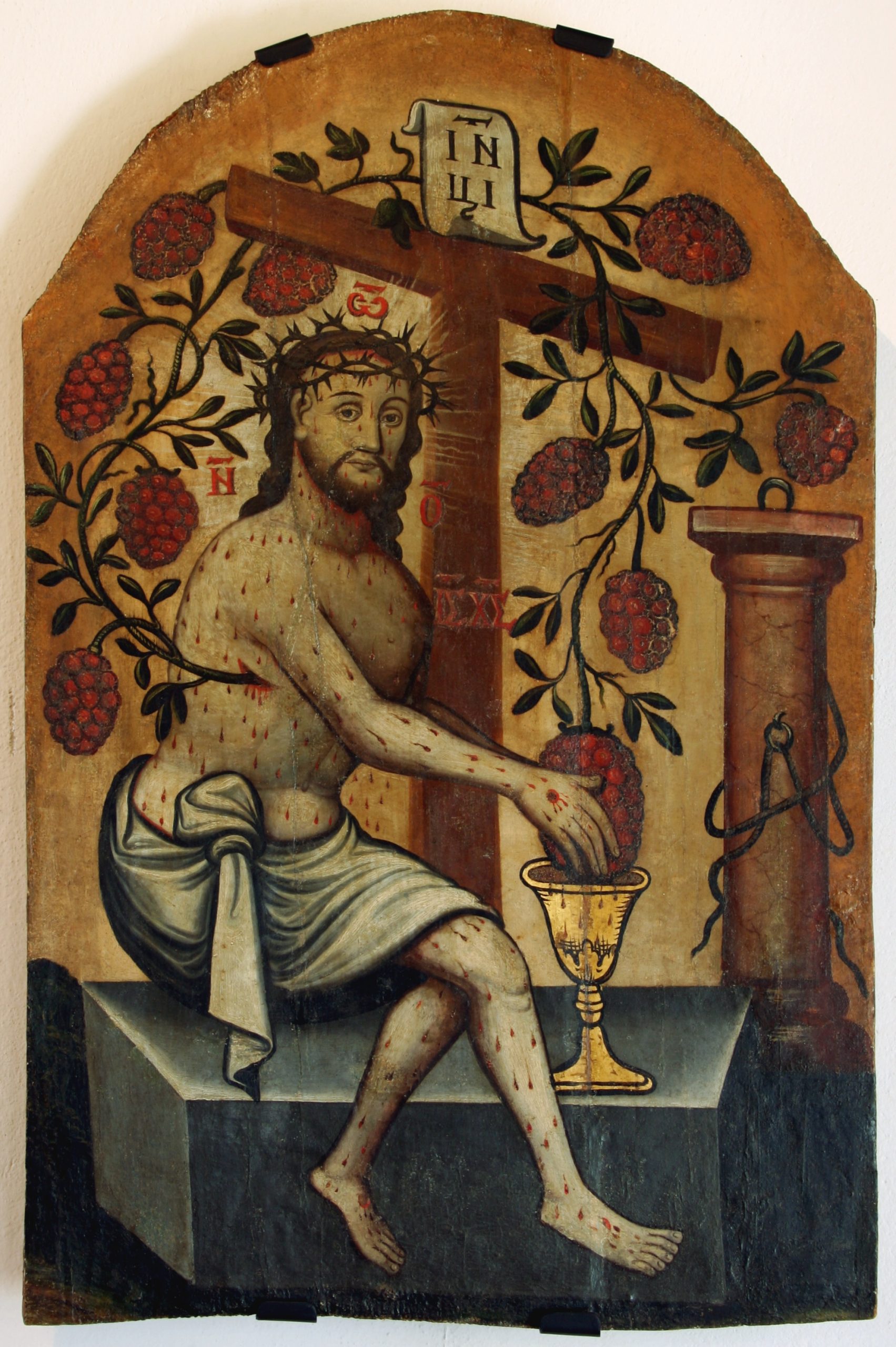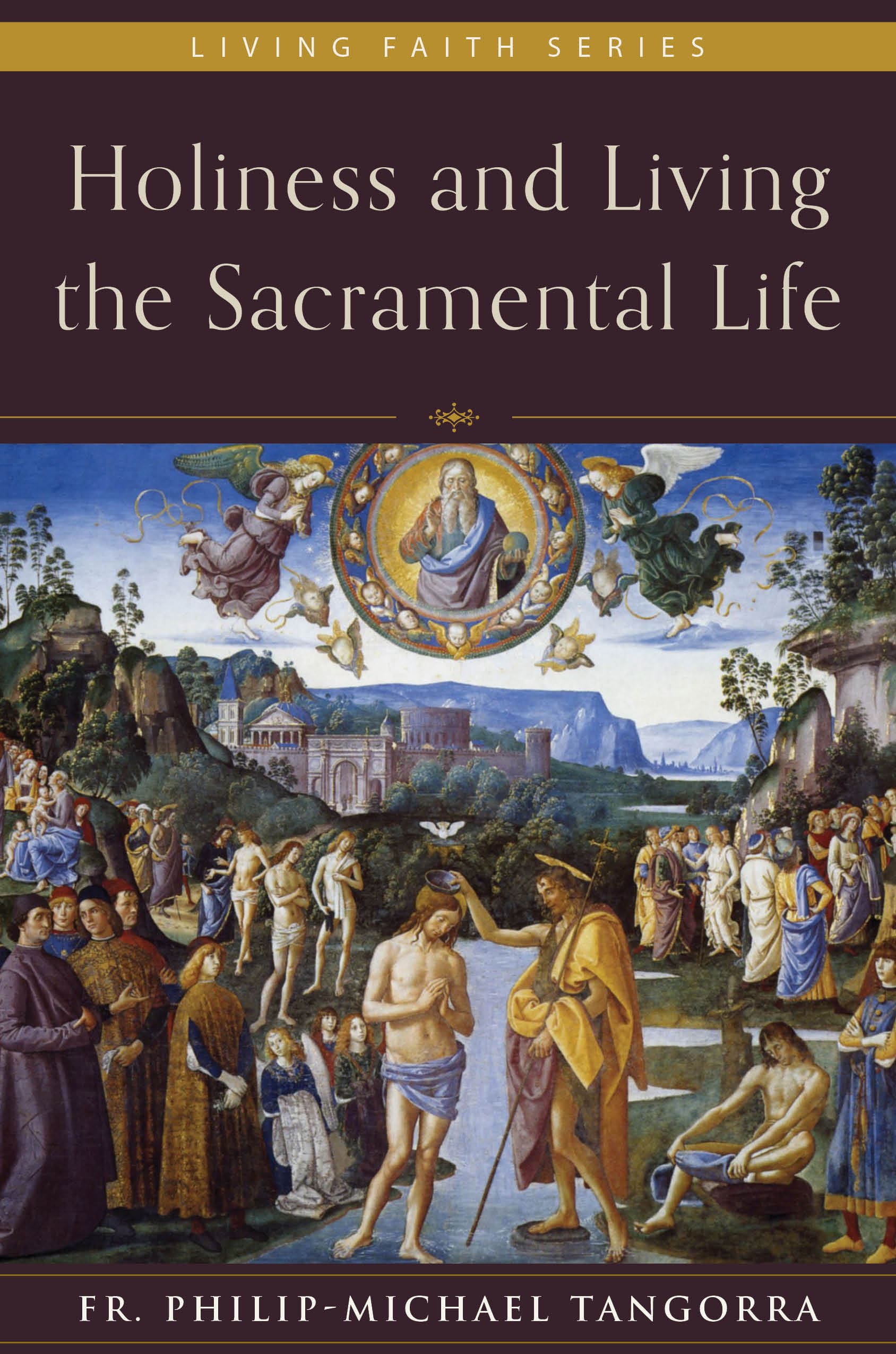
Father Pius Parsch occupied a key place in the 20th century liturgical movement, with an influence that continues to be seen and felt today. An Austrian pastor following World War I until his death in 1954, Father Parsch opened the treasures of the liturgy and the Bible to his people. His Masses were preceded with the communal praying of the Divine Office, and themselves included liturgical chanting by the people, ample use of candles, bells, and incense, while maintaining the silent Canon. These elements, he claimed, were means of grace for his people, and they would make “the heart-beat of the parish’s body of grace become audible,” he wrote in 1947.
What’s discernable in Parsch, and to a greater or lesser degree the modern liturgical movement as a whole, is a two-directional movement.
The first of these two directions is a movement of the people toward the liturgy. In a popular liturgical journal from 1929, an unidentified priest explained the liturgical movement to his brother priests: “The Liturgical Movement, as the words indicate, is a movement—a movement towards the liturgy.” Another liturgical leader, St. Louis’s Father Martin Hellreigel (who wrote the hymn, “To Jesus Christ, Our Sovereign King”), wrote similarly that same year: “As the words show, the liturgical movement is a movement towards the liturgy, towards the ‘fountains of the Savior,’ towards the Christ-life-imparting mysteries of our holy faith.” Like these and so many other figures of that age, Parsch formed his people and led them to the heart of the liturgical mystery. A prolific publisher, Parsch’s periodicals Live with the Church and The Church’s Year of Grace reached thousands of laity around the world.
The second and subsequent direction of the liturgical movement, also exemplified by Parsch, saw the rites move towards the people. Just a year after Pope Pius XII’s 1947 liturgical encyclical, Mediator Dei, the Holy Father established a commission to consider ritual reform. In 1951, the Holy See offered the possibility of celebrating a revised ritual for the Easter Vigil. Four years later, in 1955, Pius XII decreed a simplification of the liturgical calendar and many rubrics, while 1955 also witnessed the reform of the entire Holy Week liturgy. As one commentator rightly predicted in 1947, Mediator Dei signaled “the beginning of a new stage” in the liturgical apostolate (see Alcuin Reid’s book, The Organic Development of the Liturgy [Ignatius Press, 2005] for more along these lines). To give another example of the liturgical movement’s concern for suitable rites, a 1960 book by Father H.A. Reinhold bore the title, Bringing the Mass to the People. In his own parish, Parsch did just that—bringing the Mass to his flock by employing licit liturgical options, such as celebrating at a free-standing altar, having readings and prayers announced in German, and reviving the offertory procession with gifts.
Thus, the modern liturgical movement “moves” in two directions: it moves the people to the liturgy, and it moves the liturgy to the people. And it is “right and just” that it do so, for Jesus himself (the substance of the liturgy) moved toward us in his incarnation so that we, his people, can move to and through him to the Father. Still, we can safely characterize the movement’s first 75 years (from Dom Prosper Gueranger [d.1875] to Mediator Dei) as emphasizing the movement of the people, and its second 75 years (from Mediator Dei until now) as stressing the change of the rites.
But where are we today? And where ought we go tomorrow? Where ought our energies work—do we continue to allow the liturgy to change us or do we continue to change the rites?
Some say the liturgical movement has turned one-sidedly back to the past; others suggest that it is still spinning out of control; others have lost interest. I wonder if the liturgical movement has turned itself around (so to speak) and come full circle.
The liturgy is a living thing, more like an organism than an object, an entity that forms and is formed to a degree by those who use it. Thus it changes like the living cells who receive its life. At the same time, the liturgy sets an objective standard for me: the liturgy—that organism with roots extending even back to the dawn of time—asks more movement from me than I ask from it. Put another way, Jesus (and, by extension, his liturgy) has become like me, but only so that I can become like him. Indeed, the importance of these twin movements in the liturgy reveals the danger of mistaking the liturgy as a movement for its own sake rather than as a means to our ultimate destiny—union with God here and now and in heaven hereafter. After 75 years of ritual flux, the minds, hearts, and souls of many look for stability.
One considerable mind in particular called for this same stability. Pope Benedict, witness to both directions of the modern movement, wrote The Spirit of the Liturgy, in part, “to encourage, in a new way, something like a ‘liturgical movement,’ a movement toward the liturgy and toward the right way of celebrating the liturgy, inwardly and outwardly” (8-9). In his words, we hear echoes of the 1920 movement. The liturgy, Benedict says, is a “given” toward which we move.
More recently, many restless Catholic minds, hearts, and souls surfaced on social media after the USCCB asked via Twitter: “If you are a young Catholic who is still Catholic, what has made you stay?” Replies were manifold, but, as one might expect, many responses emphasized the sacraments, particularly the Eucharist, and traditional elements in the liturgy. But one reply that caught my eye seems to speak to the trajectory of today’s liturgical movement: “Key to it all, in my opinion: don’t try to ‘get young people back.’ Preach Christ Crucified in the Sacraments to all, with a passion for evangelization and service, and all generations will flock to the Church. Focusing on young people feels too much like pandering” (Justiñ White @jaywhyte85).
This year, the Church remembers the 50th Anniversary of the Novus Ordo Missal. Perhaps not by coincidence, 2019 also marks Adoremus’s 25th birthday. Adoremus Bulletin has encouraged both authentic celebrations of the rite and also fruitful participation by the people, and we’ll continue to do so into the future. But the time seems to be upon us to appreciate more clearly the objective and given nature of the rite—and the subjective and ephemeral circumstances of those who use it. May the liturgy move us more than we desire to move it. For the liturgy is meant to lead us earthly pilgrims ever more closely to our eternal home.


